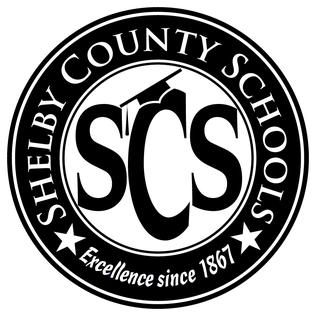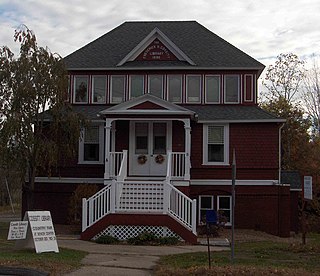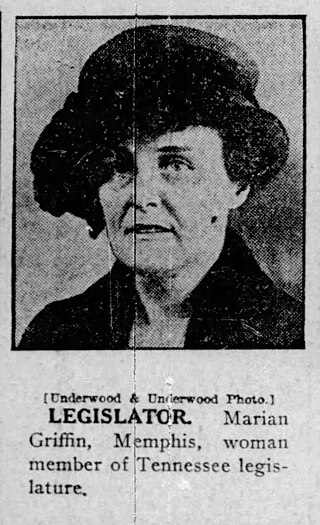
Memphis is a city in the U.S. state of Tennessee. It is the seat of Shelby County in the southwest part of the state; it is situated along the Mississippi River. With a population of 633,104 at the 2020 U.S. census, Memphis is the second-most populous city in Tennessee after Nashville.

Shelby County is the westernmost county in the U.S. state of Tennessee. As of the 2020 census, the population was 929,744. It is the largest of the state's 95 counties, both in terms of population and geographic area. Its county seat is Memphis, a port on the Mississippi River and the second most populous city in Tennessee. The county was named for Governor Isaac Shelby (1750–1826) of Kentucky. It is one of only two remaining counties in Tennessee with a majority African American population, along with Haywood County.

The University of Memphis (UofM) is a public research university in Memphis, Tennessee. Founded in 1912, the university has an enrollment of more than 22,000 students.

Benjamin Lawson Hooks was an American civil rights leader and government official. A Baptist minister and practicing attorney, he served as executive director of the National Association for the Advancement of Colored People (NAACP) from 1977 to 1992.

The University of Memphis Cecil C. Humphreys School of Law is an American Bar Association accredited law school and is the only law school in Memphis, Tennessee. The school has been associated with the University of Memphis since the law school's formation in 1962. The school was named in honor of former University president Cecil C. Humphreys. It is also referred to as U of M Law, Memphis Law, or Memphis Law School.

Memphis City Schools (MCS) was the school district operating public schools in the city of Memphis, Tennessee, United States. It was headquartered in the Frances E. Coe Administration Building. On March 8, 2011, residents voted to disband the city school district, effectively merging it with the Shelby County School District. The merger took effect July 1, 2013. After much legal maneuvering, all six incorporated municipalities created separate school districts in 2014. Total enrollment, as of the 2010-2011 school year, was about 103,000 students, which made the district the largest in Tennessee.

Memphis-Shelby County Schools(MSCS), previously known as Shelby County Schools (SCS), is a public school district that serves the city of Memphis, Tennessee, United States, as well as most of the unincorporated areas of Shelby County. MSCS is the 25th largest school district in the United States and the largest in Tennessee.

Booker T Washington High School is a public secondary school located north of Downtown Memphis, on the southside of Memphis, Tennessee, United States. The school was administered by the Memphis City Schools system, until the beginning of the 2013-14 year, it was served by the Shelby County Schools district. It serves grades 9-12. The school gained national attention when U.S. President Barack Obama delivered the school's 2011 commencement address as a reward for winning the 2011 Race to the Top Commencement Challenge.
Hyde Park is a neighborhood in the Hollywood community on the north of Memphis, Tennessee.

The history of Memphis, Tennessee and its area began many thousands of years ago with succeeding cultures of indigenous peoples. In the first millennium, it was settled by the Mississippian culture. The Chickasaw Indian tribe emerged about the 17th century, or migrated into the area. The earliest European exploration may have encountered remnants of the Mississippian culture by Spanish explorer Hernando de Soto. Later French explorers led by René-Robert Cavelier, Sieur de La Salle likely encountered the Chickasaw. The European-American city of Memphis was not founded until 1819. The city was named after the ancient capital of Egypt on the Nile River in North Africa. It rapidly developed as a major trading center for cotton cultivated at the region's large plantations and dependent on the work of enslaved African Americans. In the 19th century, and especially 1878 and 1879, the city suffered severe yellow fever epidemics. In 1878 tens of thousands of residents fled and more than 5,000 died, with hundreds more dying in the next year's epidemic, causing the city to go bankrupt and give up its charter until 1893.

Cordova is a community in Shelby County, Tennessee, United States. Cordova lies east of Memphis, north of Germantown, south of Bartlett, and northwest of Collierville at an elevation of 361 feet.
Hosea T. Lockard was an African-American Criminal Court Judge in the U.S. State of Tennessee for Shelby County. He was born in Ripley, Tennessee, and was raised on a farm in the nearby town of Henning by Albert and Lucille Lockard, also of Ripley. He grew up during segregation and attended public schools in Memphis, Tennessee, 50 miles southwest of Ripley because African-Americans were not allowed to attend the all-white public schools in Ripley.

The Frederick H. Cossitt Library is a historic library building at 388 N. Granby Road in Granby, Connecticut. It is a Queen Anne style building, designed by Jasper D. Sibley and built in 1890. Construction of the library was championed by George S. Godard, later librarian of the Connecticut State Library, and was funded by a bequest from Granby native Frederick H. Cossitt, a wealthy New York businessman. It was listed on the National Register of Historic Places in 1988. It continues to serve as a branch of the town's public library system.
The following is a timeline of the history of the city of Memphis, Tennessee, US.
African Americans are the second largest census "race" category in the state of Tennessee after whites, making up 17% of the state's population in 2010. African Americans arrived in the region prior to statehood. They lived both as slaves and as free citizens with restricted rights up to the Civil War.

James Steven Strickland Jr. is an American attorney and politician who is the 64th and current mayor of Memphis, Tennessee, serving since 2016. A Democrat, he previously served as a member of the Memphis City Council. Strickland is also an adjunct professor at the Cecil C. Humphreys School of Law.

Mary Utopia Rothrock, was an American librarian and historian.

Marion Scudder Griffin was an American lawyer, and the first woman to practice law in Tennessee.




















